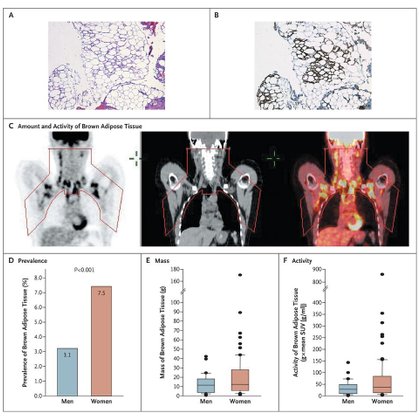
Justin R. Gregg, MD
@JustinRGregg
Followers
416
Following
549
Media
16
Statuses
91
Associate Professor of #Urology and HDR at @MDAndersonNews. Focused on #prostatecancer treatment and translational and behavioral research. @VanderbiltU alum.
Houston, TX
Joined December 2017
(1/7) Next in our obesity series: Lets dive a bit more into how diet can affect weight loss. Here is a 2005 paper from Dansinger et al. in JAMA that examines the effect of 4 different diets on weight loss and cardiovascular risk factors at 1 year:.
jamanetwork.com
Context The scarcity of data addressing the health effects of popular diets is an important public health concern, especially since patients and physicians are interested in using popular diets as...
2
1
12
(2/7) What is BAT? It’s fat, but different! . It regulates energy through a protein called UCP1. This protein “uncouples mitochondria respiration,” generating HEAT. Newborns rely on this. However, it’s also been shown to affect obesity risk in mice :.
nature.com
Nature - Development of obesity in transgenic mice after genetic ablation of brown adipose tissue
1
0
2
(1/7) Paper five in our obesity and prostate cancer series: here we will examine a 2009 NEJM paper on a topic I've always found fascinating+somewhat mysterious: brown adipose tissue (BAT).
nejm.org
Obesity results from an imbalance between energy intake and expenditure. In rodents and newborn humans, brown adipose tissue helps regulate energy expenditure by thermogenesis mediated by the expre...
1
1
12
(1/6) Paper two in our prostate cancer and obesity series:. Let’s head back a bit in time to a paper from 1986 in the NEJM looking at the genetics of obesity:.
nejm.org
We examined the contributions of genetic factors and the family environment to human fatness in a sample of 540 adult Danish adoptees who were selected from a population of 3580 and divided into fo...
1
0
8










